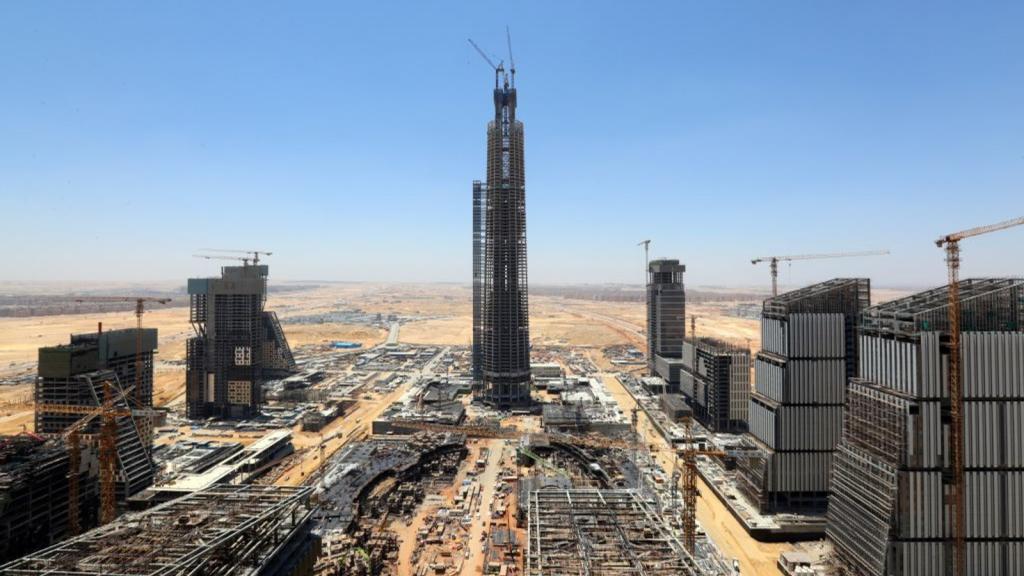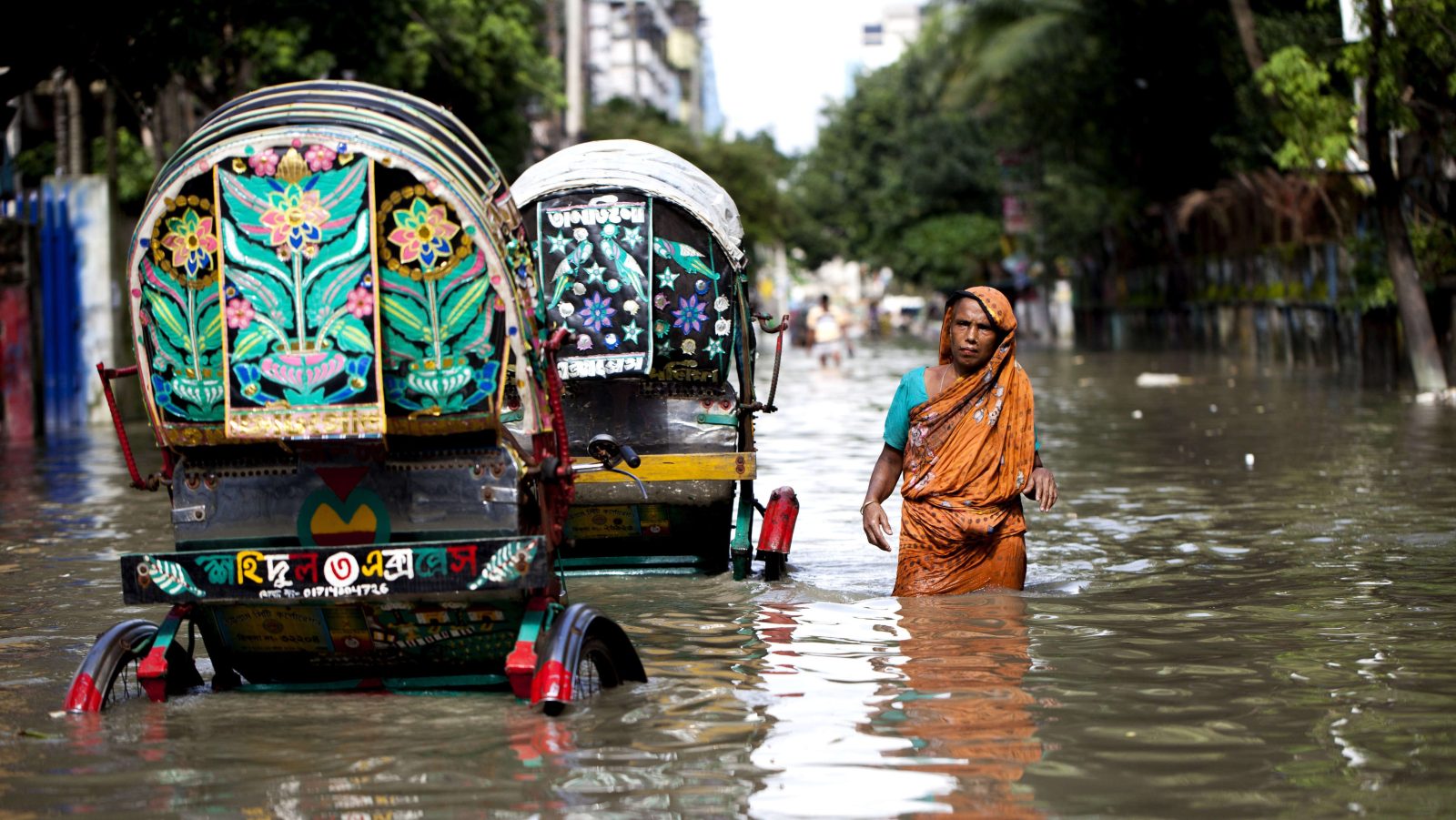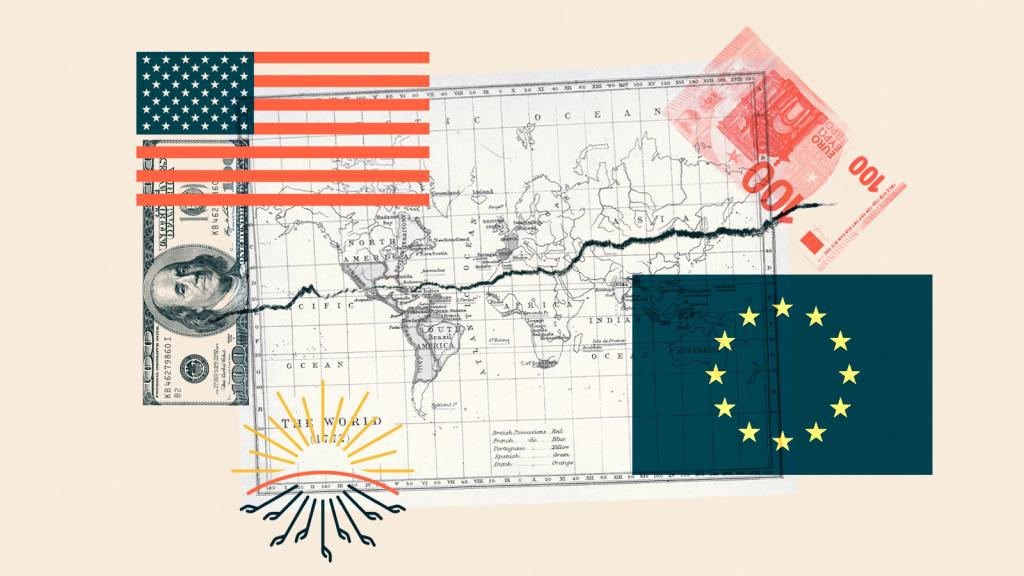World leaders will converge in Sharm el-Sheikh, Egypt on Sunday for COP27, this year’s United Nations climate conference, where they will spend two weeks advancing global cooperation to cut planet-warming emissions and protect humanity from the impacts of climate change.
These annual events are about more than just negotiations between government officials. They are a forum for countries and companies to announce new climate commitments, like last year’s pledges to cut methane emissions, halt deforestation, and steer finance toward climate progress.
While last year’s conference was set against the backdrop of the COVID-19 pandemic, this year, it is Russia’s war in Ukraine and an impending global recession. Many Western countries are scrambling to wean themselves off Russian oil and gas, causing energy prices to soar and driving renewed interest in energy security. As a result, some countries are both speeding up their transitions to renewables while also increasing investments in fossil fuels, calling into question their climate commitments to reduce carbon emissions.
In the lead up to the meeting, U.N. Secretary General António Guterres has been warning that the world is headed towards “collective suicide” if countries don’t dramatically reduce their emissions. “That is why this COP is so important to reveal trust between developed economies and emerging economies and to regain ambition,” he said in a recent interview with the BBC. “We need much more than what has been promised until now.”
Whether nations will respond to Guterres’ call for more ambitious pledges remains to be seen. As the global climate community heads to Egypt, here are five major items we’re keeping our eye on at COP27:
The $100 billion promise
Before COP27 even gets underway, an unmet promise looms over the conference. From the embers of the Copenhagen COP in 2009, wealthy nations cobbled together a commitment to provide $100 billion a year to developing countries by 2020 to help them cut emissions and adapt to climate change. Two years on, developed countries still haven’t met that goal. The latest estimates for climate finance put the tally for 2020 at just $83.3 billion. It’s a collective goal, but a 2021 analysis by the World Resources Institute found that the United States wasn’t providing its fair share. Given the country’s position as one of the largest emitters of greenhouse gases, both historically and today, the analysis found its fair share worked out to $40 billion to $47 billion — at least $21 billion more than its current contribution.
“There’s a U.S.-sized hole,” said Joe Thwaites, a coauthor of the analysis who is now an international climate finance advocate with the environmental group Natural Resources Defense Council. “If the U.S. alone was pulling its weight, we’d actually be able to close the gap.” He added that developing countries are “understandably frustrated because for a decade they were told, ‘Trust us, we’re on track.’”
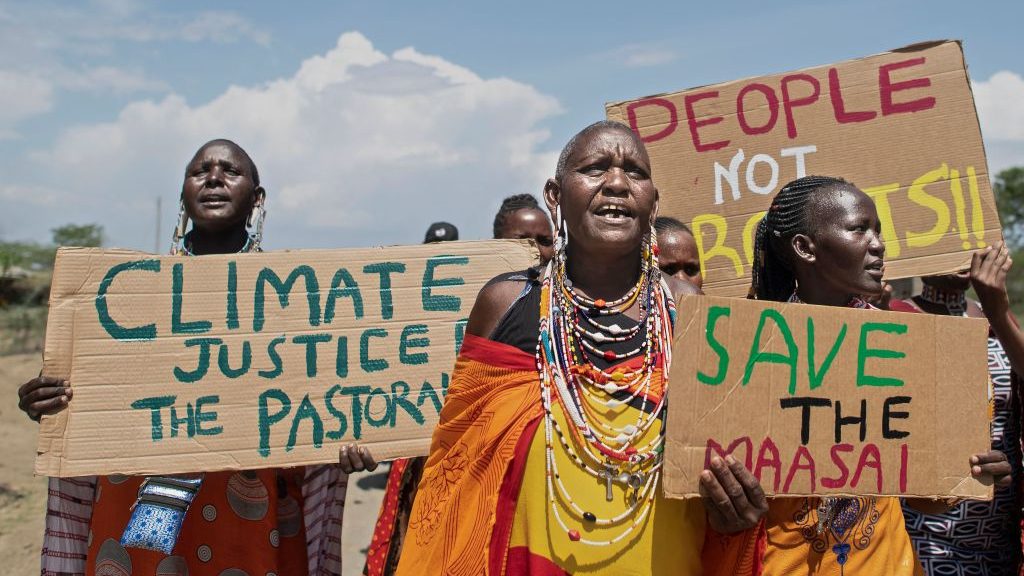
To add insult to injury, more than 70 percent of the finance sent to developing nations between 2016 and 2020 was in the form of loans that countries had to repay. These may be suitable when the money is being used for projects that can provide a return — such as solar and wind farms — but many adaptation efforts do not provide cash flow. Some developing nations are now looking to have their debts forgiven.
Negotiators gathering in Egypt next week will continue discussing a new, higher collective goal for climate finance. Thwaites said that in order to reestablish trust with developing nations, wealthy countries must make good on their initial $100 billion promise while also setting a new ambitious goal for climate finance.
An adaptation goal
As nations try to rebuild trust around the $100 billion target, they will also be discussing how much of that money goes toward reducing emissions versus adapting to a warmer world. Developed countries have long focused COP negotiations on cutting greenhouse gases, with the idea that the faster we cut carbon, the less adapting the world will need to do. But that position ignores the climate impacts that many parts of the world are already experiencing, like the deadly drought in the horn of Africa or floods in Pakistan.
The Paris Agreement established a “global goal on adaptation,” but the commitment was more qualitative than quantitative, broadly asking countries to “enhance adaptive capacity” and “reduce vulnerability.” African nations have been urging the creation of a more operational goal with a clearer way to measure progress, such as the Paris Agreement’s temperature goal of limiting warming to 1.5 degrees Celsius (2.7 degrees Fahrenheit). Last year’s COP in Glasgow, Scotland, established a two-year initiative to further discuss this idea, and there could be some outcomes in Egypt. But a singular goal may prove challenging, as climate impacts and adaptation strategies vary considerably from region to region.
“We would like to see the conference reach a concrete decision on the global goal for adaptation,” Africa’s chief climate negotiator, Ephraim Mwepya Shitima of Zambia, recently told Africa Renewal, a United Nations publication.
Finance is also sure to be at the heart of these discussions. In 2020, just 34 percent of money from the $100 billion fund went to adaptation projects. The Glasgow Climate Pact called for developed countries to double the amount they provide to developing countries for adaptation to at least $40 billion by 2025, but even if that’s achieved, it is likely to fall short. By one estimate, the annual cost of adaptation in developing countries is set to increase to as much as $300 billion by 2030. “We are calling for adaptation financing to match these figures,” Shitima told Africa Renewal.
Loss and damage
For decades, developing nations have argued that historical carbon emissions by industrialized countries have baked in a level of warming that’s unavoidable — and that they are disproportionately shouldering the burden. On top of the $100 billion a year to cut emissions and adapt to climate change, developing nations want to set up a new fund to help them recover from the impacts of climate change, including climate-fueled natural disasters, slow-onset events such as sea-level rise, and the loss of cultural heritage.
But after years of wealthy governments successfully dodging these calls, the clamor for funding loss and damage has reached a fever pitch. For the first time ever, after much back-and-forth and pushback, loss and damage is included under climate finance in the provisional agenda for COP27. Countries will agree to a final agenda on day one, setting the tone for negotiations. Senior U.S. officials have said they want to agree on an agenda item and get procedural hurdles out of the way early. “Assuming that they can do that, then you can get into the real meaty discussion,” said Thwaites. “There’s got to be some tangible progress this year.”
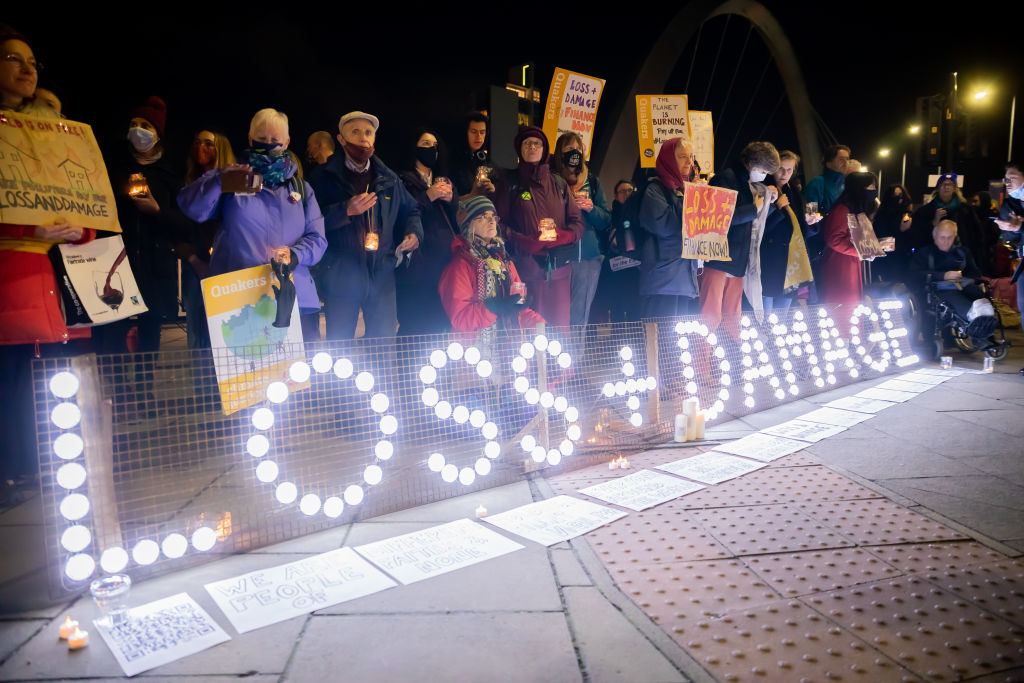
Even the U.S. has backed down from its past obstructionist posture. In the last few weeks, climate envoy John Kerry and senior administration officials appear to have changed their tune, repeatedly stating that they are willing to negotiate on financial arrangements related to loss and damage. However, senior administration officials said last month that they’re not quite ready to support a new fund and want to study whether the use of existing funds and other financial solutions would be more appropriate. Loss and damage advocates will be watching closely to see if the U.S.’s new posture is a real departure from its past positions or more of the same.
Africa’s energy transition
The talks are also likely to raise questions about Africa’s fraught energy transition — especially in light of the ripple effects of Russia’s war in Ukraine. More than 600 million people in Africa lack access to electricity, and in the context of climate talks, that fact has long been used to debate two potential paths: Should African countries have a right to follow the same roadmap that wealthy, Western countries have taken to develop economically — exploit their oil and gas reserves and transition to clean energy over the long term? Or should they ‘leapfrog’ fossil fuels altogether?

Now, as Europe moves away from Russian oil and gas, European leaders are turning to Africa to develop its fossil fuel reserves. In the last few months, European leaders have descended on Algeria, Angola, and the Republic of Congo, among other African countries, to spur additional oil and gas drilling on the continent and build new gas terminals for export. That stands in stark contrast to attitudes at last year’s COP, where 20 countries pledged to end public finance for overseas fossil fuel development and many wealthy nations promised to prioritize funding for clean energy.
No matter which path African countries pursue, the common denominator is a need for substantial financial help from the rest of the world — which you may have noticed is a recurring theme here.
Equity and access
Much like COP26 in Glasgow last year when pandemic restrictions led advocates to label it the “most exclusionary” climate conference on record, questions of access and equity are dogging the meeting in Sharm el-Sheikh. This time a primary cause appears to be the Egyptian government’s efforts to restrict civil society groups and tamp down activism. Advocates typically stage protests and hold rallies to capitalize on the media attention during COPs and to raise awareness for their various positions. But this year in Egypt, where a ban on protests has existed for almost a decade, activists will be required to use a separate protest area away from the conference center where decision makers will be meeting.
In the lead up to the conference, United Nations human rights experts found that activists had been denied access to the conference in a variety of ways. Rising room rates for accommodation in the resort town Sharm el-Sheikh and delays in visa processing meant many civil society groups would not be able to attend. As a result, despite the conference being nicknamed the “African COP,” it’s unclear if the conference will feature many African activists. Last month, the Guardian reported that as of October 3, not a single activist from 10 African countries, including Egypt, had secured a spot to attend. How Egypt chooses to treat protesters at COP27 will be the focus of much discussion and threatens to overshadow climate negotiations.
